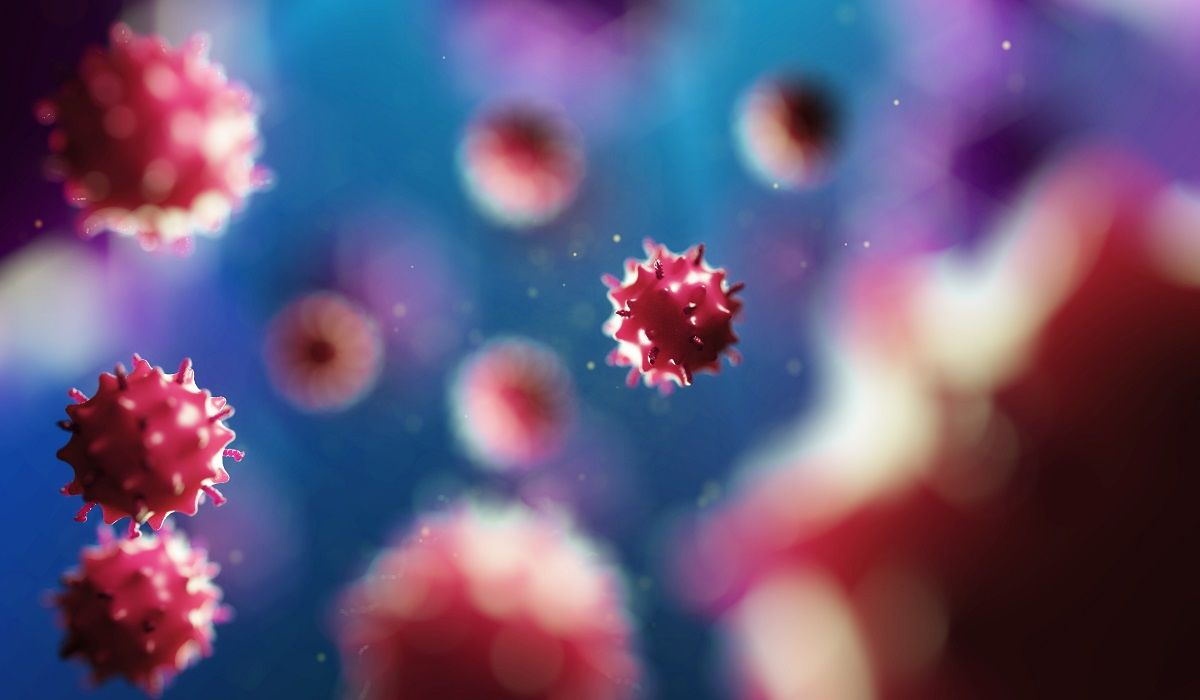Antibody Analysis Could Lead to Strengthened Malaria Vaccine
Researchers continue to seek means to improve the efficacy and tolerability of the RTS,S vaccine.

A better understanding of the immune system’s recognition of malaria parasites with the aid of the RTS,S vaccine could lead to a stronger vaccine.
In joint research from The Scripps Research Institute (TSRI) and PATH’s Malaria Vaccine Initiative (MVI), a study found that human antibodies’ binding to malarial surface protein circumsporozoite protein (CSP) to protect the body from the parasite could give researchers a lead into improving the efficacy and duration of the investigatory RTS,S vaccine.
The vaccine, a malaria prophylaxis for young children, was first developed by PATH and GlaxoSmithKline over a decade ago. As 212 million people were infected with malaria in 2015 — of which an estimated 429,000 died from — public health officials have been continuing efforts to improve vaccine measures.
The structural layout given from the study could help researchers indicate where the vaccine needs to be stabilized. They hope to control the vaccine to mimic CSP and indicate for human antibodies to target malaria.
Study first author, David Oyen, PhD, a research associate at TSRI, said the study has shown the first steps in “unraveling the structural details of protective antibodies that are induced by RTS,S vaccinations, understanding the properties of these antibody-antigen interactions may help us to improve the current vaccine candidate.”
Oyen explained the RTS,S vaccine works by targeting the sporozoite stage of the Plasmodium falciparum malaria parasite, working to block the parasite from reaching the liver. Once the parasite reaches the liver, it can progress from the sporozoite stage to the next of its life cycle.
Using X-ray crystallography and supplemental imaging, Oyen and colleagues analyzed 2 antibodies latched onto CSP proteins, from patients vaccinated with RTS,S. They then used the images of the binding to find the precise area of the immune system’s attack.
Andrew Ward, PhD, TSRI professor and study co-author, said if the researchers were able to focus the immune response on the “real Achilles heel” of the protein, there could be hope for a more effective vaccine response.
The researchers also analyzed the antibodies’ recognition of the immunodominant NANP repeats within CSP — considered the area most important for eliciting a strong immune response. Though the CSP is highly immunogenic, Oyen explained to MD Magazine that the repeating NANP unit area is a “region of low complexity.”
“The (RTS,S) vaccine consists of 19 NANP repeats and a T-cell epitope-containing domain of CSP,” Oyen said. “We found that although the 2 antibodies elicited by RTS,S bind the NANP repeats in different ways, the conformation of the NANP repeats that were bound are very similar.”
Oyen also noted the way of how repeats were recognized — in context of an engineered CSP construct with multiple repeats — was similar between the 2 antibodies. The discovery could give foundation for advances in vaccine therapies.
Moving forward, Oyen said the research team hopes to take advantage of the discovered structural information. It could lead to improvements made in the immune response induced by the RTS,S vaccine. With millions of infections worldwide, clinicians need a more robust response to malaria.
“Recent reports on drug-resistant Plasmodium falciparum highlight the need for an effective malaria vaccine to complement existing malaria prevention strategies,” Oyen said.
Related Coverage
CDC Updates Healthcare Guidance for Infants of Mothers Exposed to Zika